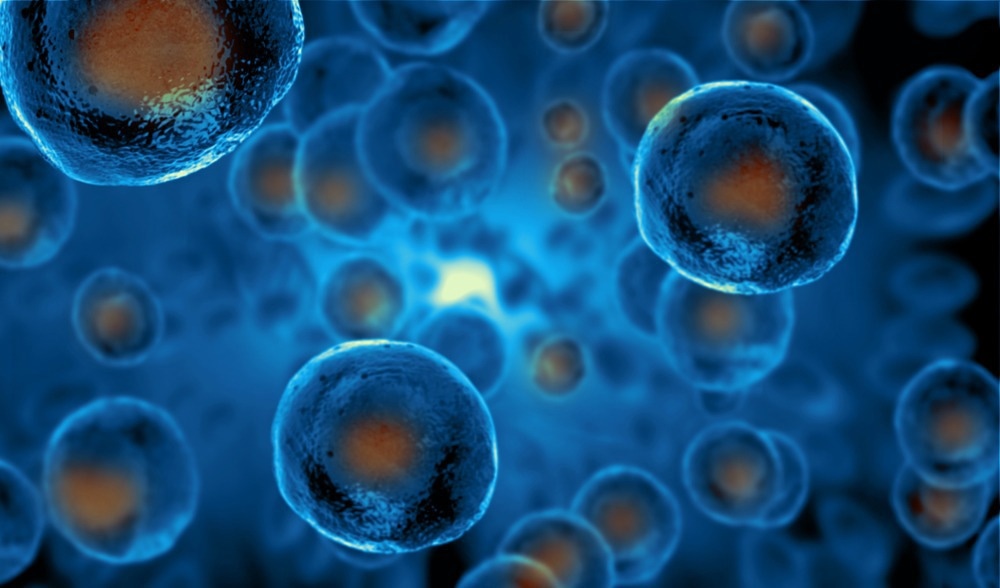In a recent study published in Science Advances, researchers used an organ-wide approach to quantitatively analyze cell number, size, and identity regulation upon nutrient-induced tissue adaptation of the Drosophila midgut.
Background
The adult intestine is a regionalized organ that changes size and composition depending on food availability, controlling intestinal stem cell (ISC) proliferation and differentiation. Nutrient intake affects adult animal physiology by altering organ cellular composition through somatic stem cell activation. Nutrition significantly impacts small bowel volume and shape, allowing the tailoring of signaling, absorptive, and metabolic functions to the physiological requirements of the animals. The Drosophila midgut has four unique cell types that all differ from ISCs. The size of the midgut varies greatly depending on diet.
About the study
In the present study, researchers explored the influence of food signaling on cell fate decisions in the adult gut, particularly intestinal stem cell (ISC) regulation proliferation and differentiation.
The study used flies kept at 25°C on a medium containing different nutrients, using the holidic diet as the experimental diet. They dissected the intestinal tissues, which were fixed, washed, blocked, and antibody-stained. They conducted gut dissection and fluorescent antibody cell sorting (FACS) dissociation, sorting growth 1 (G1) and G2 cells into a ribonucleic acid (RNA) isolation buffer in three duplicate samples of 80 to 100 guts each. They extracted and amplified RNA, created and sequenced libraries, and photographed immunostained midguts using confocal microscopes.
The researchers used Linear Analysis of Midgut (LAM) to evaluate the growth regulation of intestinal stem cells (ISCs) in flies. They assessed the maximal nucleus cross-sectional area in the midguts of starved and fed flies and used the ISC marker Delta-LacZ to investigate feeding-induced size regulation. They also explored the involvement of the mTORC1 signaling pathway, a recognized cell size regulator, by measuring p4EBP levels in regions R1, R2, R4, and R5. They decreased mTORC1 activity via Raptor RNAi knockdown and assessed the nuclear area in ISCs.
The researchers investigated the function and control of mTORC1 activity in transforming growth factor (TGF) cells. They used Delta-Gal4 to express the fluorescent ubiquitination-based cell cycle indicator (FUCCI) reporter, which allowed them to study 4EBP phosphorylation at various growth stages. They also profiled gene expression in distinct developmental phases, hypothesizing that cell size would be related to ISC differentiation.
The team also investigated the link between intestinal stem cell mTORC1 signaling activity and Delta expression by evaluating regional Delta-LacZ intensity in fasted and fed rats. They also investigated whether mTORC1 actively inhibits EE cell differentiation. They compared the intestines of elderly ad libitum diet-fed flies to those subjected to lifelong intermittent fasting.
Results
In flies, region-specific modulation of cell size, number, and differentiation characterize intestinal nutritional adaptation. The mammalian target of rapamycin complex 1 (mTORC1) stimulates intestinal stem cells (ISCs) to grow, enhance Delta expression, and steer cell destiny to the absorptive enteroblast lineage. In older flies, ISC mTORC1 signaling is unregulated and insensitive to food, which can be reduced by lifelong intermittent fasting. Nutrient-induced signals regulate enterocyte (EC) development and ISC differentiation differently among regions.
The study found regional variation in midgut adaptive development, with the change from fast to fed states increasing ISC proliferation and EC growth, allowing for dynamic adjustment of adult midgut size. The current understanding of midgut growth control bases local quantifications of specific locations, with no global organ-wide insight. Feeding causes unique alterations in ISC daughter cells, enteroendocrine (EE) cells, and neuroblasts (EBs), with region-specific mTORC1 activation determining ISC growth. The geographical distribution of ISC growth aligns with EB accumulation during feeding.
The findings revealed that ISC mTORC1 activation is associated with asymmetric-type ISC-EB cellular pairs that proliferate fast during differentiation to EC destiny. ISCs can also develop into tiny diploid EE cells controlled by Notch signaling. Large ISCs correlate with EB differentiation. ISC mTORC1 signaling increases Delta expression, which is region-specific and diet-dependent. Large ISCs with robust mTORC1 activity express large quantities of Delta that direct differentiation to the EB destiny in a region-specific manner.
High mTORC1 signaling affects EE cell destiny. Raptor knockdown in Notch LOF clones eliminated Prospero− p4EBP+ clusters, making them homogeneous for Prospero+ cells. Intermittent fasting protects against aging-induced reductions in intestinal nutritional adaptation, implying that physiological nutrition-dependent control of mTORC1 signaling is lost in old ISCs but conserved in intermittent-fasted flies.
Conclusion
Overall, the study findings showed that mTORC1 signaling is critical for the fate of intestinal stem cells (ISCs) in response to diet. It displays regionally different patterns of enterocyte development, cell counts, and cell-type distributions during the transition from fasting to fed states. Fed animals activate mTORC1 nutrient-sensing pathways in ISCs or ECs in a region-wise manner. Large intestinal stem cells with robust mTORC1 activity exhibit the Notch ligand delta in high amounts, promoting differentiation into the absorptive lineages.
Journal reference:
- Mattila, J., Viitanen, A., Fabris, G., Strutynska, T., Korzelius, J. and Hietakangas, V. (2024) Science Advances, 10(6). doi: 10.1126/sciadv.adi2671. https://www.science.org/doi/10.1126/sciadv.adi2671
Credit: Source link




